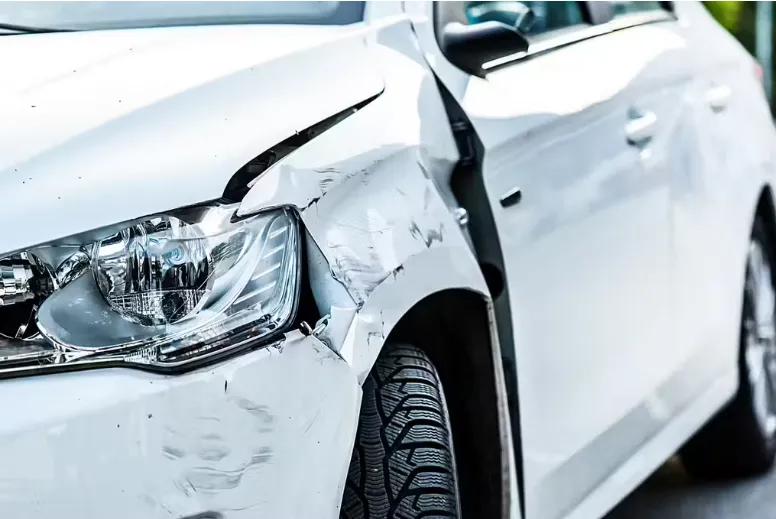
Why are auto repair costs so high?
Auto repair costs can be high for several reasons:
Labor Costs: Skilled mechanics charge for their expertise and time. Repair shops have overhead costs such as rent, utilities, and insurance, contributing to the labor rate.
Parts Costs: Genuine or high-quality replacement parts can be expensive. Some vehicles require specialized parts that are more costly to manufacture or acquire.
Technology and Complexity: Modern vehicles are equipped with advanced technology and electronics. Repairing these systems requires specialized knowledge, tools, and sometimes software, which adds to the cost.
Diagnostic Tools: Mechanics use diagnostic tools and equipment to identify issues accurately. These tools are often expensive and need regular updates to keep up with evolving vehicle technology.
Supply Chain Issues: Disruptions in the supply chain, such as shortages or increased demand for certain parts, can drive up prices.
Specialization and Certification: Some repair shops specialize in certain types of vehicles or repairs (e.g., luxury cars, hybrids). Mechanics may need specific certifications to work on these vehicles, which can increase costs.
Insurance and Liability: Repair shops carry insurance to protect themselves and their customers. The cost of insurance and liability coverage is factored into repair prices.
Economic Factors: Local economic conditions, such as high operating costs in urban areas, can lead to higher repair prices.
Competition and Demand: In areas with fewer repair shops or high demand for services, prices may be higher due to limited consumer choices.
Overall, auto repair costs reflect the combination of labor, parts, overhead, and expertise required to maintain and repair vehicles in a safe and reliable condition.